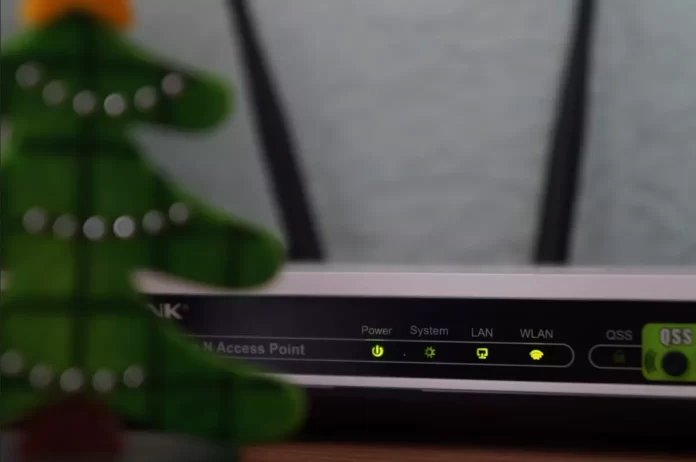If your internet is slow or intermittently disconnects, it may not necessarily be due to Wi-Fi issues. The causes can range from faulty equipment to network congestion. However, weak Wi-Fi signal strength can also contribute to these problems, so it’s worth checking.
There are special apps for smartphones and computers to diagnose signal strength, but this process can take time. A quicker approach is to check a few key factors yourself.
How to improve Wi-Fi performance
Router Placement: The location of your router affects signal quality, but in most cases, it is placed where there is a power outlet and an internet connection. This often makes relocation difficult. If possible, position the router in the center of your home and away from potential sources of interference.
Network Settings: Switching to 5 GHz can improve speed if your router supports it, but keep in mind that this frequency has a shorter range. Changing the Wi-Fi channel or updating the firmware rarely has a noticeable effect and is usually not worth the effort.
Effective Ways to Boost Wi-Fi: For a more stable Wi-Fi connection, additional devices may be necessary. A Wi-Fi repeater can help extend coverage in a specific area, such as a garage. However, if you need reliable internet throughout your entire home, especially in a large space with multiple obstacles, the best solution is a Mesh system, which provides consistent and seamless coverage across all rooms.





